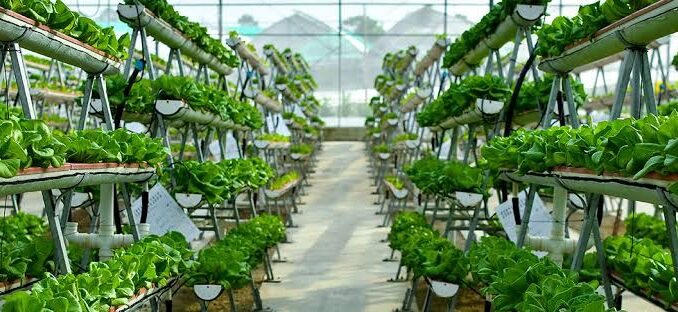CRI Report has released a report titled “Urban Farming Market – Analysis of Market Size, Share & Trends for 2019 – 2020 and Forecasts to 2030” which is anticipated to reach USD 286 billion by 2030. According to a study by CRI Report, the market is anticipated to portray a CAGR of 2.23% between 2020 and 2030. According to the report, the key factors that increase urban agriculture’s popularity are health and nutrition, food safety and transparency, education, urban sustainability, and the increasing demand for local foods. The production of fruit and vegetables in a limited area and increasing demand for high-quality foods are some of the factors that drive growth on the market without pesticides and herbicides.
The market report on global Urban Farming market includes in-depth insights as:
- The estimated value of the market was USD 136 billion in the year 2020.
- Region-wise, the market in Asia Pacific, which held the largest market share of XX.X% in the year 2019, emerged as a key market for Urban Farming Market.
- Based on components, lightning emerged as a key segment in the global Urban Farming Market.
- Based on the growing medium, hydroponics emerged as a key segment in the global Urban Farming Market
- Key players are likely to focus on product innovations and expansion through mergers to retain their positions in developed markets.
“The key factors that increase urban agriculture’s popularity are health and nutrition, food safety and transparency, education, urban sustainability, and the increasing demand for local foods. The production of fruit and vegetables in a limited area and increasing demand for high-quality foods are some of the factors that drive growth on the market without pesticides and herbicides…”, said a lead analyst at CRI Report.
Urban agriculture is an indoor and outdoor crop for local residents through the processing and distribution of food in and around cities. The growing worldwide urbanization leads to significant urban gardening demand. Because of lower transport costs and fresh nutritious products at competitive rates, urban agriculture is gaining significance. Urban agriculture accounts for one-fifth of the total food production worldwide involved in urban agriculture. Furthermore, urban agriculture is seen by offering green infrastructure and can play a significant role in global food security to provide a possible solution to the impacts of climate change. In the polluted subways around the world, the cities continue to incorporate this trend in their plans.
Global Urban Farming market is segmented by growing medium into Hydroponics, Aeroponics, and Aquaponics. Commercial producers use the hydroponics mechanism for growth. This mechanism is more easily developed and costs less than other mechanisms (ROI). Aeroponics demands a significant initial investment to compare the investment required for a hydroponics and aeroponics institution of the same size. Hydroponic mechanism refines the most water-efficient agriculture method, with negligible wastage. Control can be effectively carried out over the amount of nutrients to be delivered to the plants, enabling control over the growth process and impacting factors such as plant growth speed and size.
Key Players in the Market
- Some of the key players operating in the global Urban Farming market are Signify (Netherlands), Osram (Germany), Freight Farms (US), AeroFarms (US), Sky Greens (Singapore), Spread Co., Ltd. (Japan), Plenty (US), Valoya (Finland), Everlight Electronics Co., Ltd. (Taiwan), and Heliospectra (Sweden), Other Prominent Players
Get Valuable Insights into Global Urban Farming Market
In the new report, CRI Report thrives to present an unbiased analysis of the global Urban Farming market that covers the historical demand data as well as the forecast figures for the period, i.e., 2021-2030. The study includes compelling insights into growth that is witnessed in the market. The market is segmented by component into Irrigation Component, Lighting, Sensor, Climate Control, Building Material, and Others, by growing medium into Hydroponics, Aeroponics, and Aquaponics. Geographically, the market is segmented into North America, Latin America, Europe, Asia Pacific, and Middle East, and Africa.

